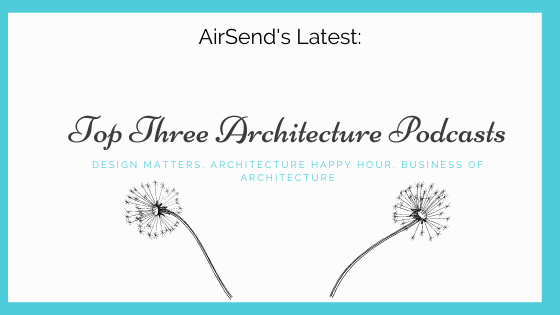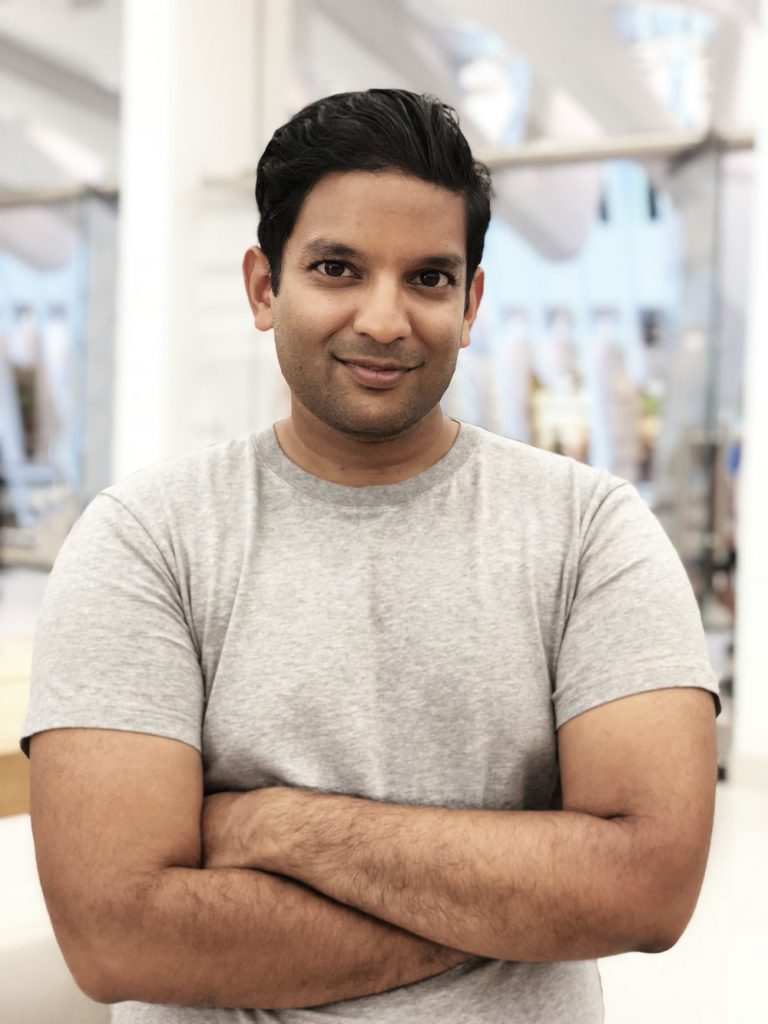
We recently had the opportunity to talk to Rajiv Fernandez, owner of Lil’ Icon and Freelance Architect. During the interview, Fernandez gave us an insider’s view of what it’s like to be a successful image designer and architect. He also shed some light on what the design industry is all about.
Here’s a transcript of our conversation (edited for clarity):
Me: So why don’t you tell me about your job function or like what you do with your creative side, with your imagery and how you create the images?
Fernandez: So Lil’Icom kind of started out as a passion project. Basically it started out as a children’s company cause I came out with a few children’s books. And then, you know, probably a year into it I realized that I don’t really know anything about children.
I did enjoy what I was doing you know, drawing these images that could be perceived from different perspectives. So basically it was a conversation. I want my images to be conversation starters.
Whether it was between like a millennial and a newborn baby I started getting more involved with political discourse. So I wanted to create images where it would spread positive messaging.
It really started off with an image of the Statue of Liberty and dressing her up with different characteristics to speak to different policy issues and everything. But trying to keep the messaging positive out there, you know, and there’s enough negative artwork out there.
Me: Definitely. So, how do you determine how to perceive your drawings through different perspectives? Are you making images for millennials and also for like newborn babies? How do you decide or make an image based on that perspective?
Fernandez: A lot of it usually starts with a pun. I like to throw in jokes somehow. And if there’s like some big thing happening, in the world where, you know, I can make a pun out of it. Like I’m really like a dad at heart and drawing is my medium.
So, basically I’m creating art from millennials by millennials, so using the millennial lexicon so that I would understand or stuff that I would, you know, want to read.
Basically. It’s like if everyone’s going to have an opinion on some sort of issue in an article and you know, we can spend that time reading a long article but not really remember everything that’s [inaudible] or, and then create a dialogue with someone saying like, “Oh, what was your opinion? Like I saw this Statue of Liberty with the Hijab. Like what do you think about, you know, immigration rights?”
So it’s supposed to be kind of like a gateway to a larger, deeper discussion. That’s my intention. I’ve been lucky to have those conversations start many times.
Me: Where and what kind of news do you use to catch up with your industries? Like design and architecture?
Fernandez: Yeah. So yeah, with the design world, you know, I, I really like this blog called Dezeen architecture side. And then, you know, I, I read a lot of the probably the more liberal news sources like Washington Post, New York Times and since I’m a millennial, Buzzfeed.
Me: [Vivacious Laughter] Oof, that kills me as an English major.
Fernandez: I know, I know. I really, I really enjoy reading like a good, like an in-depth article, and then see like 27 pictures of dogs.
Me: Yeah. I got to say, well Rajid you’re very hip. So how hard is it managing your client files and communications today? Like with all the resources?
Fernandez: I like to keep my business organized. Whenever I get a new client, I like to create shared folders, that way the client and I are in the same loop.
I also like to have an agenda and meeting minutes. My clients are always impressed by that and I have something that can put my methods in a former office of mine. And that actually just really helps me stay on track.
And I have like a big whiteboard in my office where I write down like my daily tasks, like, you know, physically.
Me: Yeah. Kind of like a Scrum Board or Kanban.
Fernandez: Yeah, basically. If I didn’t have that, it’d be a difficult thing. So like to be honest, I use a Google calendar to schedule all my meetings and you know, it’s good, it’s convenient, but it’s still for me, lacking.
I’m a very visual person, so having something set up in front of me, helps. Physically, tactile things and all that, that really helps. I’m kind of also aware that maybe I’m a boomer. I need to see everything.
To visit Rajiv Fernandez’s work, visit him at Lil’ Icon.
AirSend helps architects and image designers create a versatile digital workspace to share files, send messages, and complete tasks. See how AirSend can help you.


